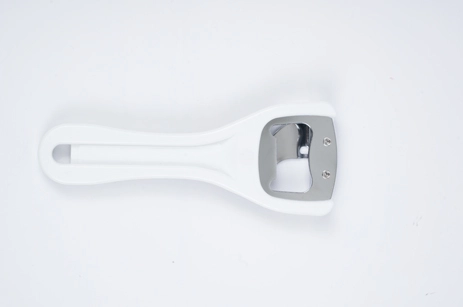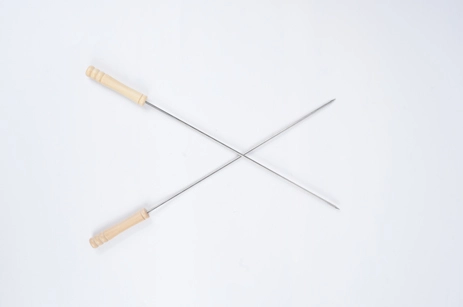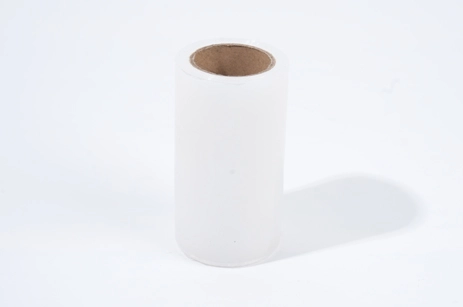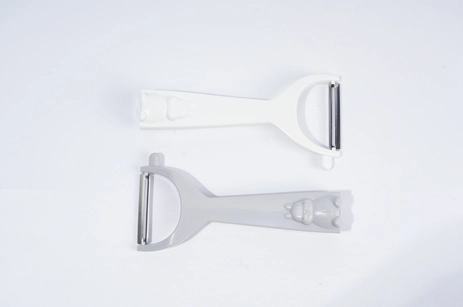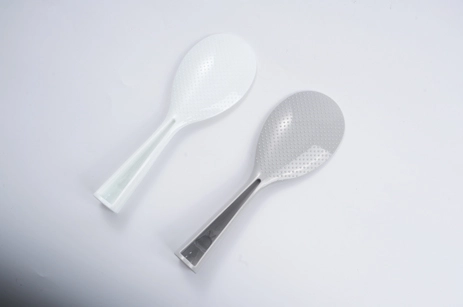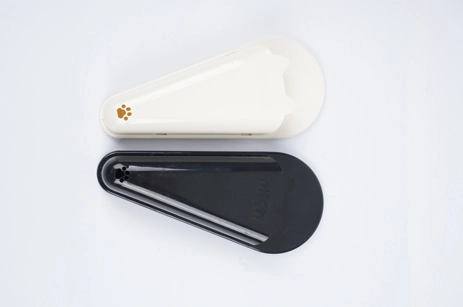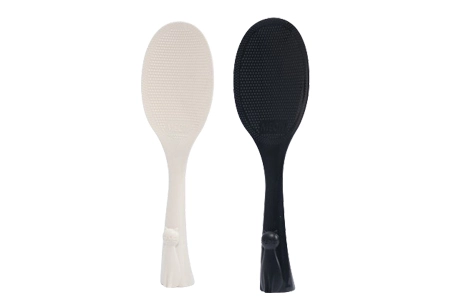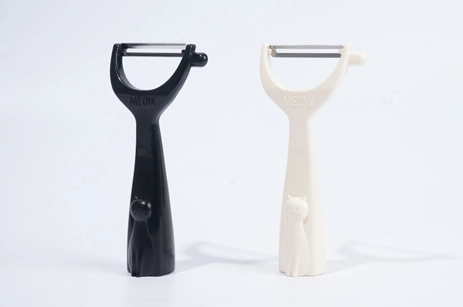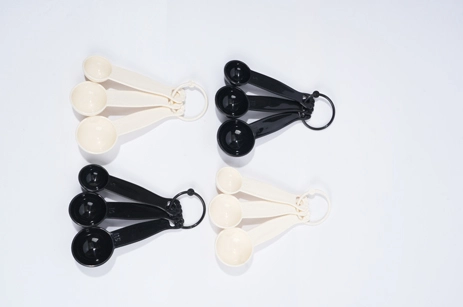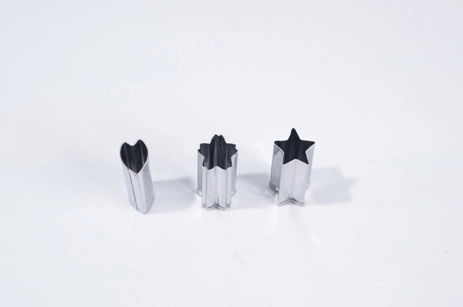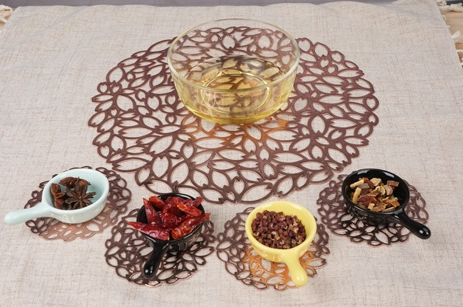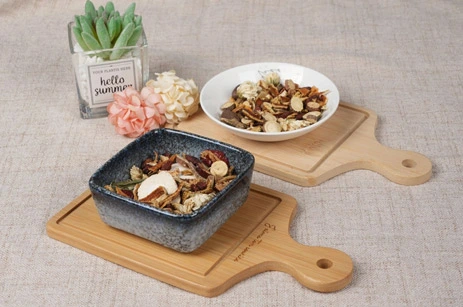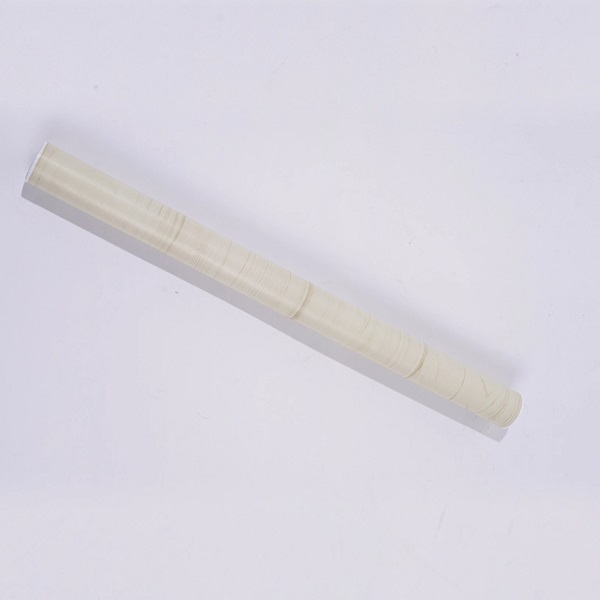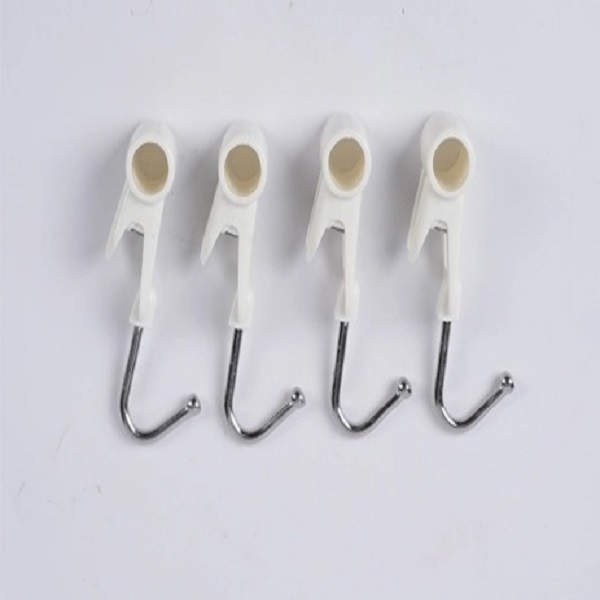How to Choose High-Quality Kitchen Tools
1. Material: Look for kitchen tools made from high-quality materials that are durable and long-lasting. Stainless steel, silicone, wood, and high-grade plastics are commonly used for utensils and cookware.
2. Construction: Pay attention to the construction of the tools. Handles should be securely attached, and there should be no loose parts or wobbling. Check for strong rivets, seamless joints, and sturdy connections.
3. Heat resistance: Ensure that the tools can withstand high heat without warping or melting. Heat-resistant materials like silicone and stainless steel are excellent choices for cooking utensils.
4. Ergonomics: Consider the ergonomics of the tools. Look for comfortable handles that provide a firm grip and reduce strain on your hands and wrists, especially for items like knives or utensils you frequently use.
5. Reviews and reputation: Read customer reviews and check the reputation of the brand or manufacturer. Research their reputation for producing high-quality, reliable kitchen tools. Recommendations from trusted sources can also be valuable.
The Role of Kitchen Tools in Enhancing Culinary Skills
1. Efficiency: High-quality kitchen tools, such as sharp knives and efficient gadgets, help save time and effort in food preparation. Slicing, dicing, and chopping become quicker and more consistent, allowing chefs to focus on other aspects of cooking.
2. Precision: Accurate measurements facilitated by tools like measuring cups, spoons, and kitchen scales ensure precise ingredient proportions. This precision is vital for achieving the desired flavors and textures in culinary creations.
3. Versatility: Kitchen tools with multiple functions expand the possibilities in the culinary realm. For example, a food processor can chop, puree, and blend ingredients, while a versatile chef's knife can handle various cutting techniques. Versatile tools enable chefs to experiment with different recipes and techniques, enhancing their skills.
4. Control: Specialized tools, such as thermometers and timers, provide control over cooking temperatures and cooking times. This attention to detail allows chefs to achieve perfect doneness in meats, ideal temperatures in baking, and overall better control over the cooking process.
5. Presentation: Presentation is an essential aspect of culinary skills, and tools like piping bags, decorating tips, or artistic plating utensils are key in creating visually appealing dishes. These tools allow chefs to express creativity and elevate the presentation of their culinary creations.
6. Consistency: Consistency is a hallmark of culinary excellence, and tools like sous vide machines, immersion blenders, and precision cookers aid in achieving consistent results. These tools ensure that dishes are cooked evenly, resulting in consistent flavors and textures.
7. Safety: Kitchen tools designed with safety features, such as heat-resistant handles or non-slip grips, contribute to the overall safety of the cooking process. By providing a secure and stable grip, they reduce the risk of accidents or injuries in the kitchen.
The Importance of Proper Maintenance of Kitchen Tools
1. Prolonged lifespan: Regular maintenance helps extend the lifespan of kitchen tools. Cleaning, sharpening, and oiling tools like knives or wooden cutting boards prevent wear and tear, ensuring they remain in good condition for longer periods.
2. Enhanced performance: Well-maintained tools perform optimally. For example, regularly sharpened knives cut through ingredients effortlessly, while clean and well-seasoned cast iron pans provide superior heat distribution and cooking results.
3. Hygiene and food safety: Proper cleaning and maintenance eliminate bacteria, food residues, and other contaminants that can compromise food safety. Thoroughly cleaning tools like cutting boards, utensils, and blenders helps prevent cross-contamination and foodborne illnesses.
4. Cost-effectiveness: Maintaining kitchen tools saves money in the long run. Regular cleaning and upkeep prevent the need for frequent replacement or costly repairs. Investing time in maintenance ensures that tools stay functional and in top shape, reducing the need for frequent replacements.
5. Consistency in cooking: Maintained kitchen tools contribute to consistent cooking results. Accurate measurements from well-calibrated scales, reliable oven temperatures, and properly functioning timers ensure that recipes turn out as intended and provide consistent outcomes over time.
6. Aesthetics and presentation: Clean and well-maintained kitchen tools add to the overall aesthetics of the culinary space. Presenting visually appealing dishes with well-maintained tools enhances the dining experience and creates a positive impression.
7. Safety: Regular maintenance reduces the risk of accidents in the kitchen. Sharp knives are safer to use than dull ones, and cleaned tools with secure handles prevent slips and mishaps. Well-maintained electrical appliances with intact cords and proper grounding also reduce the risk of electrical hazards.

 EN
EN
 jp
jp 